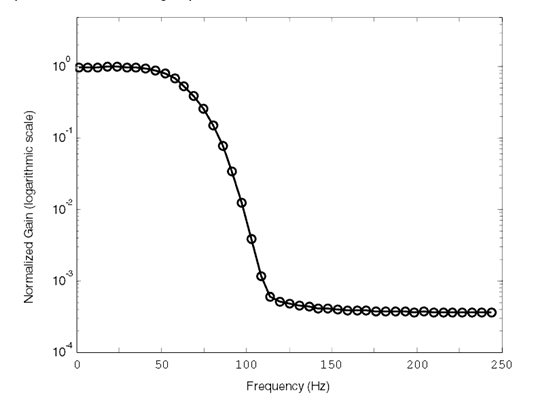Hello,
I am acquiring the analog signal using ADC channel at a 500Hz sampling rate using cc430F5137. I am new to digital filters so need guidance with the implementation of Lowpass filter.Can anyone explain how to implement the low pass filter for the obtained values of ADC12MEM0.How the ADC12MEM0 values are to be used or processed,what should be the sampling frequency should be taken if the signal is obtained using a sample rate of 500Hz and if the desired cutoff freq of 3Hz.
Can anyone provide information on the LPfilter implementation and also provide some materials and examples on the implementation method.
Thanks.


